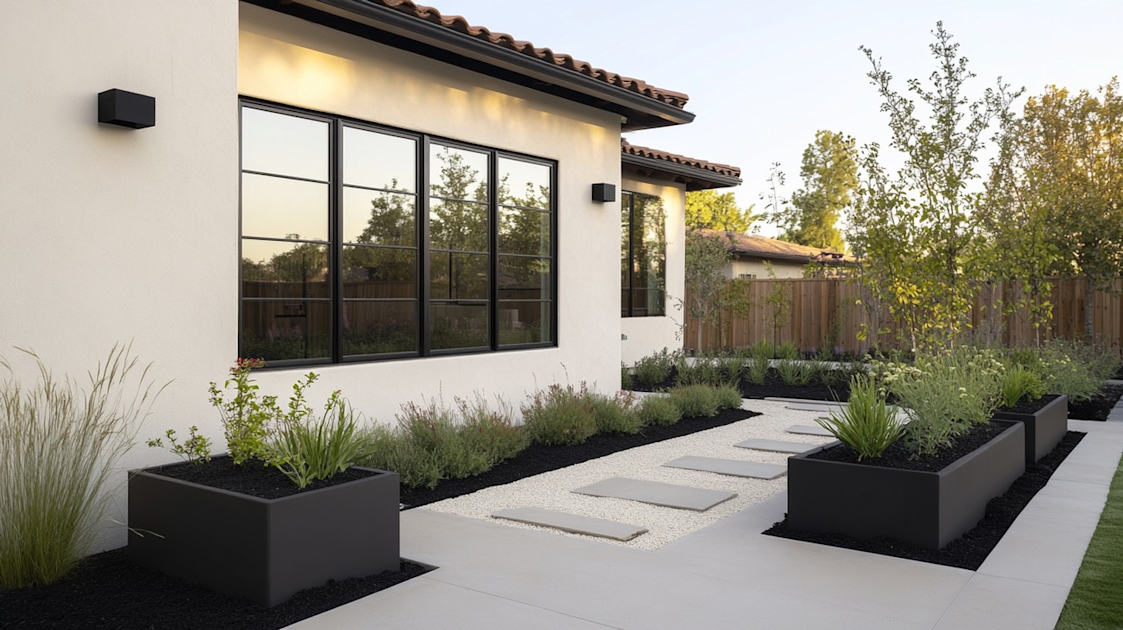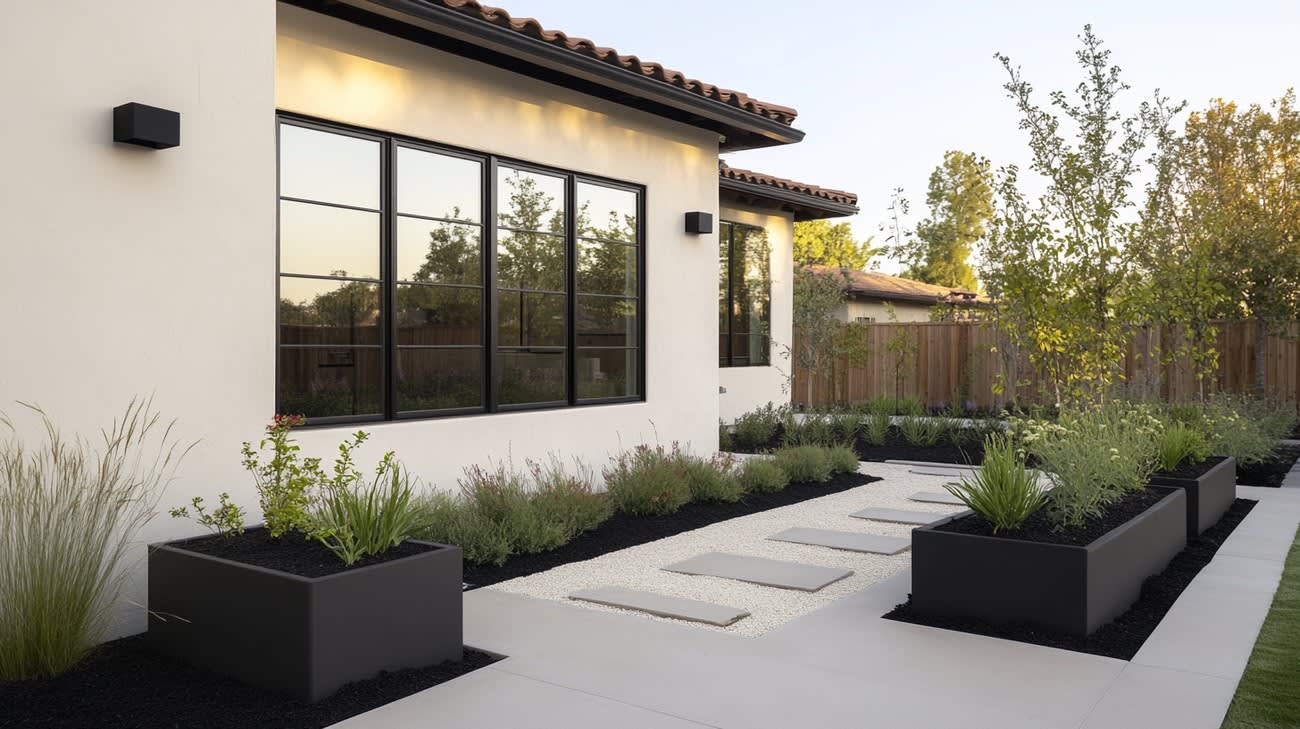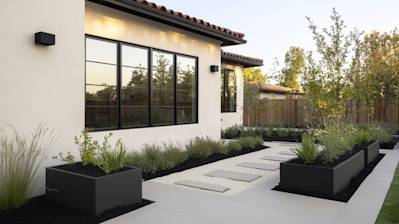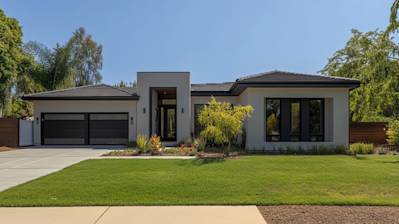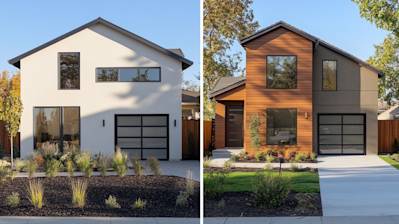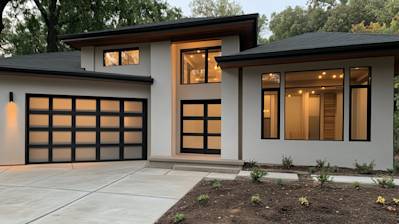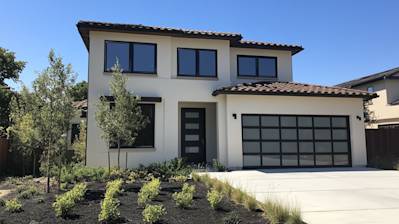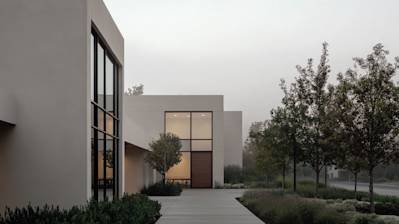Stucco, a commonly used material in construction, is known for its durability, flexibility, and adaptable nature. Central to stucco application is the stucco base coat, also known as the "scratch coat". This article provides a detailed discussion on it.
Learn More about Stucco Base Coat
The stucco base coat is the first layer of any stucco application. This layer's primary purpose is to provide a strong and consistent base for the subsequent layers of the stucco – typically the brown coat and the finishing coat.
The Composition of Stucco Base Coat
Understanding the composition of the base coat is crucial. It comprises:
- Portland cement
- Hydrated lime
- Sand and
- Water
The incorporation of both Portland cement and hydrated lime produces a robust and resilient bonding layer, while the addition of sand adds to the coat's texture and grip.
The Significance of Stucco Base Coat
Why is a base coat necessary in the stucco application process? Here are a few reasons:
- Foundation for Additional Layers: It provides a robust and solid surface for the subsequent stucco layers.
- Flexibility: Adding a base coat allows the stucco to be applied to multiple surfaces such as brick, stone, and wood.
- Durability: It enhances the durability of the stucco as it works to protect the underlying structure from strain and damage.
- Insulation: It acts as an excellent insulator, maintaining adequate indoor temperatures.
Application of Stucco Base Coat
With regard to application, the stucco base coat requires careful preparation and precise process. Here’s how it's done:
Surface Preparation: The surfaces on which the base coat is to be applied should be cleaned and rid of any contaminants.
Mixing: Proper processes and ratios should be used while mixing the base coat ingredients.
Appliance: Using a trowel, the base coat should be applied from the bottom up to fill all nooks and cracks evenly.
Scratching: Once the coat is semi-dry, it needs to be 'scratched' using a tool to create a pattern that will help the next coat adhere well.
Drying: Let the base coat dry fully before proceeding with the next stucco layer.
Tips for an Optimal Stucco Base Coat
To ensure the longevity and aesthetic appeal of stucco, here are a few tips you should incorporate when applying the stucco base coat:
- The stucco's thickness should span 3/8 to 1/2 inch.
- Create uniform scratches to help the next layer adhere well.
- Never apply stucco in hot or freezing conditions as it can affect the drying process and the integrity of the coat.
Gearing Up for Stucco Base Coat
Here are the necessities you will require:
- Portland cement
- Hydrated lime
- Sand (silica, masonry, or plastering)
- Water
- A wheelbarrow or mixer
- Shovels, brushes, a trowel, and a scratcher
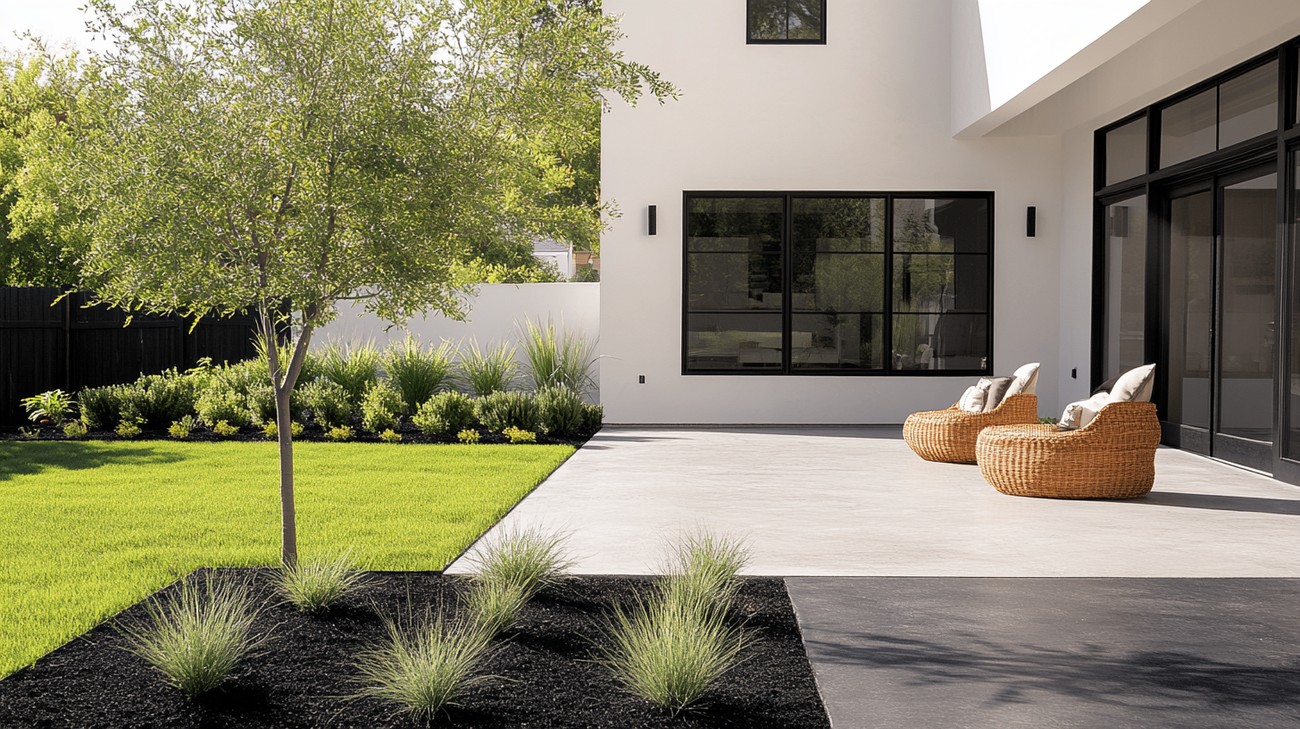
Frequently Asked Questions about Stucco Base Coat
Can I apply the stucco finish coat without a stucco base coat?
You might be tempted to skip the base coat and directly apply the finish coat, but experts advise against it. A stucco base coat provides a crucial layer of support for the finish coat. Without it, the finish coat may not adhere properly and might wear off prematurely, leading to less than desirable results.
How thick should the stucco base coat be?
Typically, the stucco base coat should be between 3/8 to 1/2 inches thick. This thickness provides both strength to the stucco application and adhesion for the finish coat. However, the exact thickness might vary depending on the project requirements and the manufacturer's instructions.
Can the stucco base coat be tinted?
Yes, the stucco base coat can be tinted to match the finish coat or simply to provide a particular color aesthetic. Many manufacturers offer pre-tinted base coat options. Remember, though, that the primary purpose of the stucco base coat is structural, not cosmetic.
What type of sand is used in a stucco base coat?
The type of sand used in a stucco base coat is very crucial as it influences the texture and consistency of the coat. Typically, coarse, well-graded sand is used for the base coat. It ensures a good mix that spreads easily and provides a strong base for the finish coat.
Are there different types of stucco base coats?
There are different types of stucco base coats, including traditional (cement-based), acrylic, and synthetic. The type you use depends on your specific needs, budget, and climate. It's crucial to select the right type for your needs, as it will affect the durability and performance of the stucco.
How do I prepare the surface for a stucco base coat?
Before applying a stucco base coat, the surface needs to be clean, dry, and free of debris. Any loose or flaking paint also needs to be removed. In some cases, a bonding agent might be needed to ensure good adhesion of the base coat.
How long should I wait before applying the finish coat?
After applying a stucco base coat, it's important to allow it to fully cure before applying the finish coat. Generally, you should wait a minimum of 7 days. However, the exact time may vary depending on specific product recommendations and local climate conditions.
What happens if the stucco base coat cracks?
Minor cracking in the stucco base coat is a common issue and is not usually a cause for concern. Hairline cracks can be filled with a stucco repair compound. However, if the cracks are deep or widespread, it might indicate a problem with the underlying structure and professional consultation may be needed.
Can I apply a stucco base coat over painted surfaces?
Yes, you can apply a stucco base coat over painted surfaces, but it requires extra preparation. The paint layer needs to be properly cleaned and roughened up to ensure good bonding. If the painted surface is glossy, a bonding agent might be needed for better adhesion.

Pros of Stucco Base Coat
Durability and Longevity
One of the primary advantages of a stucco base coat is its durability. Stucco is infamous for its hard-wearing and solid nature, which makes it resist tearing and wear, giving it a long lifespan. A properly applied stucco base coat can last for decades, meaning once you’ve set it up, you don’t have to worry about it for a long time.
Resistance to Fire, Pest, and Moisture
Since a stucco base coat is predominantly cement-based, it’s highly fire-resistant. This feature dramatically elevates the overall safety of a building. Additionally, it is impervious to pests such as rodents and termites. The stucco is also “breathable,” meaning it can resist moisture accumulation, making it significantly resistant to mold and mildew.
Energy Efficient
A stucco base coat is also praised for its energy efficiency. It helps maintain a comfortable internal temperature, regardless of the outside climate. This attribute can result in substantial savings on utility bills, particularly during the extreme summer and winter months.
Aesthetic Versatility
Stucco offers much control over the final aesthetic of your home. By playing around with various finishing techniques, you can obtain a wide range of textures - from a smooth, polished look to a more rustic, old-world charm. Plus, you can tint a stucco base coat with a variety of pigments to achieve the hue that complements your house best.
Cons of Stucco Base Coat
Difficult to Install
Unlike painting or wallpapering, applying a stucco base coat is not a simple DIY job. It involves specific procedures and techniques that require professional expertise. The process can be time-consuming and labor-intensive too, significantly extending the completion time of any construction project.
High Upfront Cost
The complexity of installation also contributes to a rather high initial cost. Not only do you need to invest in materials but you’ll also have to pay for professional labor. Though it pays off in the long run due to minimal maintenance and repair needs, the upfront cost can be quite steep, making it a less desirable option for budget-conscious builders.
Repairs can be Expensive
Whilst stucco is relatively low-maintenance, if damage does occur—maybe in the form of cracks or chips—the repair can be quite costly. This is due to the meticulous workmanship required to match the original texture and color as closely as possible.
Less Suitable for Certain Climates and Soil Types
Though stucco performs incredibly well in dry and hot climates, wet and cold climates may lead to water seepage, causing the material to degrade. Moreover, it's not suitable for homes in areas with highly expansive soils. This type of soil expands when wet and contracts when dry, causing major structural shifts leading to cracks in the stucco.
Difficult to Update
Once applied, a stucco base coat can be tricky to update or remodel as it involves a complete removal of the existing stucco. This makes updates time-consuming and costly, leaving less room for changes in case you get tired of the current look or want to embrace new design trends.

Myths and Misconceptions about Stucco Base Coat
In the construction and home improvement world, there are often myths and misconceptions about certain processes and materials. Such is the case with the stucco base coat. Let's embark on a journey to debunk these misconceptions and understand the true nature and significance of the stucco base coat.
Myth 1: Stucco Base Coat is Optional
Misconception: Stucco Can be Applied without a Base Coat
One common misconception about stucco is that a base coat is not necessary when applying the finish coat of stucco. Some people believe that if your wall surface is even and smooth, you can directly apply the finish coat.
Reality: Base Coat Acts as a Primary Layer
In reality, the base coat of stucco plays a vital role in providing a strong, dependable, and durable surface for the final finish coat. This base coat, when properly mixed and applied, can improve the structural integrity and longevity of your stuccoed surface.
Myth 2: All Stucco Base Coats are the Same
Misconception: There is No Variety among Stucco Base Coats
Another common misconception is that all stucco base coats are the same. This can lead individuals to choose any product labeled as a stucco base coat without a thorough examination of its properties.
Reality: Variety of Base Coats Exist
There are various types of stucco base coats available on the market—each designed for a particular purpose, surface, or climate. Products differ in terms of materials, texture, and drying time. Therefore, it's crucial to understand these differences before selecting a stucco base coat for your project.
Myth 3: Stucco Base Coat Doesn't Require Curing
Misconception: No Curing Period Required
Often, people believe that the stucco base coat doesn't require a curing period. It's thought that once the base coat is applied, you can immediately proceed with the finish coat.
Reality: Curing Time Enhances Overall Strength
Contrary to the misconception, a stucco base coat does require a curing period, which can range from 48 hours to 7 days, depending on the specific product and climate conditions. This period allows the base coat to dry thoroughly, enhancing its bonding capacity and overall strength.
Myth 4: A Thicker Stucco Base Coat is Better
Misconception: Greater Thickness Equals Greater Strength
This myth revolves around the thought that the thicker the base coat, the stronger and more resilient the stucco will be. Hence, people often apply an exceedingly thick base coat under this misguided notion.
Reality: Appropriate Thickness Matters Most
The thickness of stucco base coat should be balanced—neither too thick nor too thin. Applying an overly thick base coat can lead to cracking and other issues. Typically, a stucco base coat should be between 3/8" to 1/2" thick.
Myth 5: Stucco Base Coat Application Needs No Special Technique
Misconception: Easy Application Process
Finally, there's a myth that applying a stucco base coat is a straightforward process, requiring no special techniques or skills.
Reality: Requires Skill and Proper Technique
The truth is, applying a stucco base coat does require a certain level of skill and understanding. The base coat needs to be applied evenly and in the right thickness. Using correct troweling techniques is necessary to ensure a smooth and level surface that facilitates a proper bond with the finish coat.
Understanding these myths and misconceptions is key to achieving a quality stucco finish that is long-lasting and visually appealing. Remember, a well-applied stucco base coat forms the foundation of your stucco wall—making it crucial to get it right.
Summary
So, that's pretty much the lowdown on stucco base coat. It's the critical middleman in the stucco application process, linking the mesh or wire lath to the finishing layer. With its ideal mix of cement, sand, and lime, the stucco base coat provides excellent structural integrity, and its high permeability allows any moisture that gets behind it to evaporate. This way, it offers protection against water damage, in turn, increasing the lifespan of your walls.
Ah! Let's not forget the aesthetics. The stucco base coat is what ensures your final layer of color looks smooth and even. How cool is that? Can you imagine painting directly onto wire mesh or panels? It'd be a disaster, wouldn't it? With this layer, you will have a consistent outcome and a superb-looking exterior that will make your neighbors green with envy.
Lastly, if you thought stucco base coat was only for exterior walls, think again. It's incredible for interior walls too, contributing to fire resistance while helping with temperature regulation. Plus, you can use it to get that rustic or old-world charm inside your home! So, whether it's for a new project or a renovation plan, stucco base coat is definitely something worth considering. Thanks to it, you'll not only have a sturdy home but also one that attracts attention for all the right reasons.
About Atlas Stucco
Atlas Stucco is a premier stucco contractor nestled in the vibrant heart of Sacramento, CA. We're not just a business, we're a troupe of skilled artisans with a knack for transforming building exteriors into stunning works of art. We've served Sacramento and surrounding areas for over a decade, creating high-quality, enduring stucco finishes for commercial and residential buildings. With a seamless blend of tradition and innovation, we guarantee top-notch service and exceptional results. At Atlas Stucco, we don't just coat your walls, we create masterpieces!
Tags: construction, stucco application, exterior finishing,

